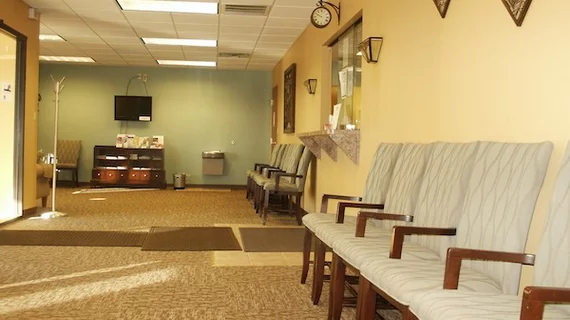Most breast imaging facilities lack policies related to caring for transgender patients
Many breast imaging facilities in the United States lack policies that focus on providing friendly, inclusive care to transgender patients, according to a new study published in the Journal of the American College of Radiology.
“Addressing transgender barriers to care within radiology is crucial to create an inclusive environment and improve cultural competencies,” wrote Julia E. Goldberg, BA, department of radiology at NYU Langone Medical Center in New York City, and colleagues. “Furthermore, awareness of a patient’s gender identity can be useful during image interpretation. For example, hormonal therapy may lead to changes in breast density and other radiographic findings that radiologists should recognize when reviewing the images.”
Goldberg et al. surveyed Society of Breast Imaging (SBI) membership about breast imaging facility policies in January 2018. A total of 144 SBI members responded to the survey.
The survey revealed that 78.5 percent of breast imaging facilities have gender-neutral patient bathrooms, though just 9 percent have a waiting area specifically for transgender patients. In addition, 58 percent of intake forms do not ask patients to specify gender identify, but more than 25 percent populate that form with female-specific phrases.
Within the electronic health record (EHR) itself, more than 32 percent of facilities lack places for a patient’s preferred name to be specified. More than 54 percent lack a place for a patient's gender pronouns to be specified.
Also, more than 73 percent of facilities do not have policies specifically related to caring for transgender patients. More than 85 percent of facilities do not offer lesbian, gay, bisexual and transgender (LGBT) training.
“Overall, structural policies were weak in the realm of transgender care,” the authors wrote. “Few facilities offered any sort of LGBT training for their faculty and staff, and only a third of such available training was mandatory. Most facilities did not have any explicit policies for transgender care, nor any explicit nondiscrimination policies for transgender employees.”
Goldberg and colleagues noted that CMS regulations from 2015 required EHR systems to “have the capability to collect patient sexual orientation and gender identity information.
“Implementing these systems not only would contribute to better patient care and demonstrate the facility’s commitment to improving LGBT health, but also would allow for more widespread research on the medical needs and health service utilization of the transgender population,” the authors wrote. “Facilities are encouraged to adopt EHR systems that have such data visible and readily accessible for each patient.”
Previous Radiology Business coverage of ways imaging providers can provide transgender patients with compassionate care can be read here.

